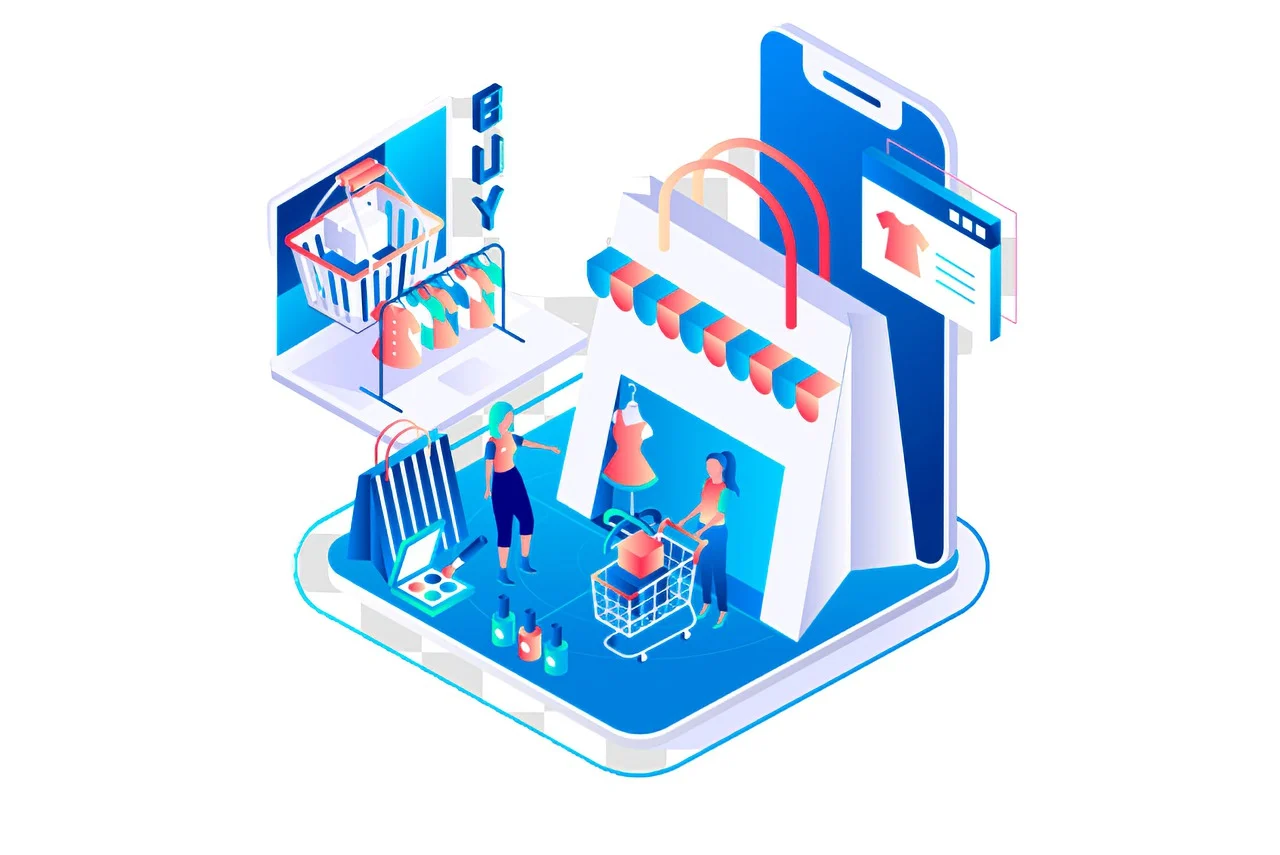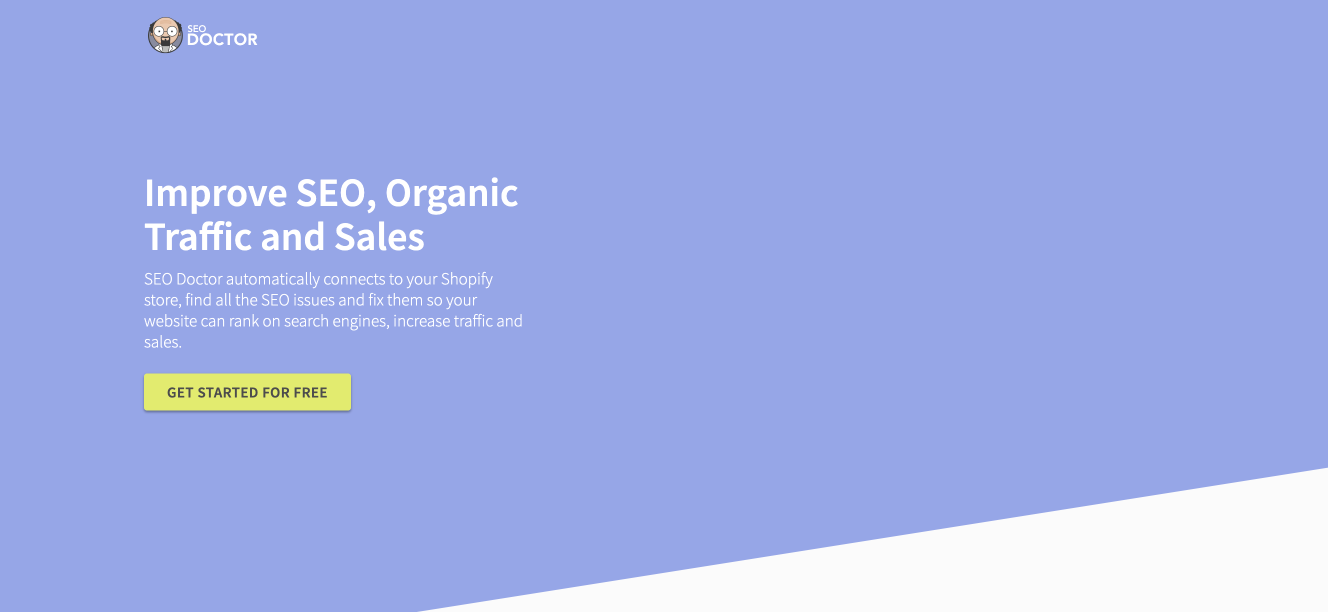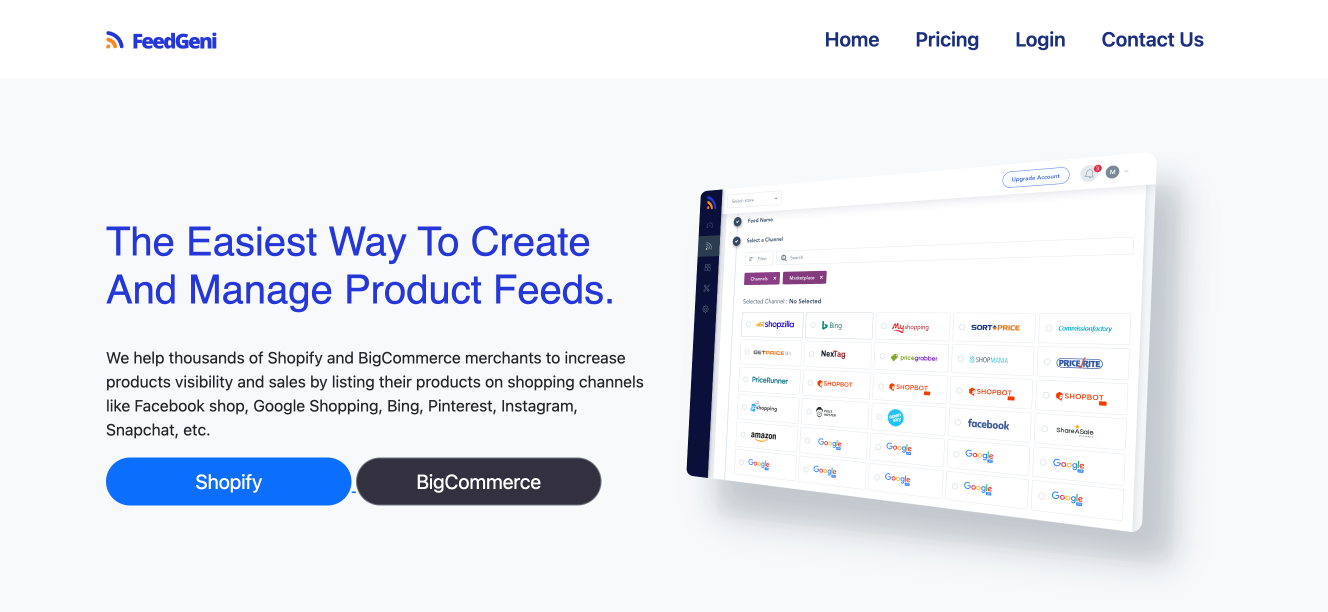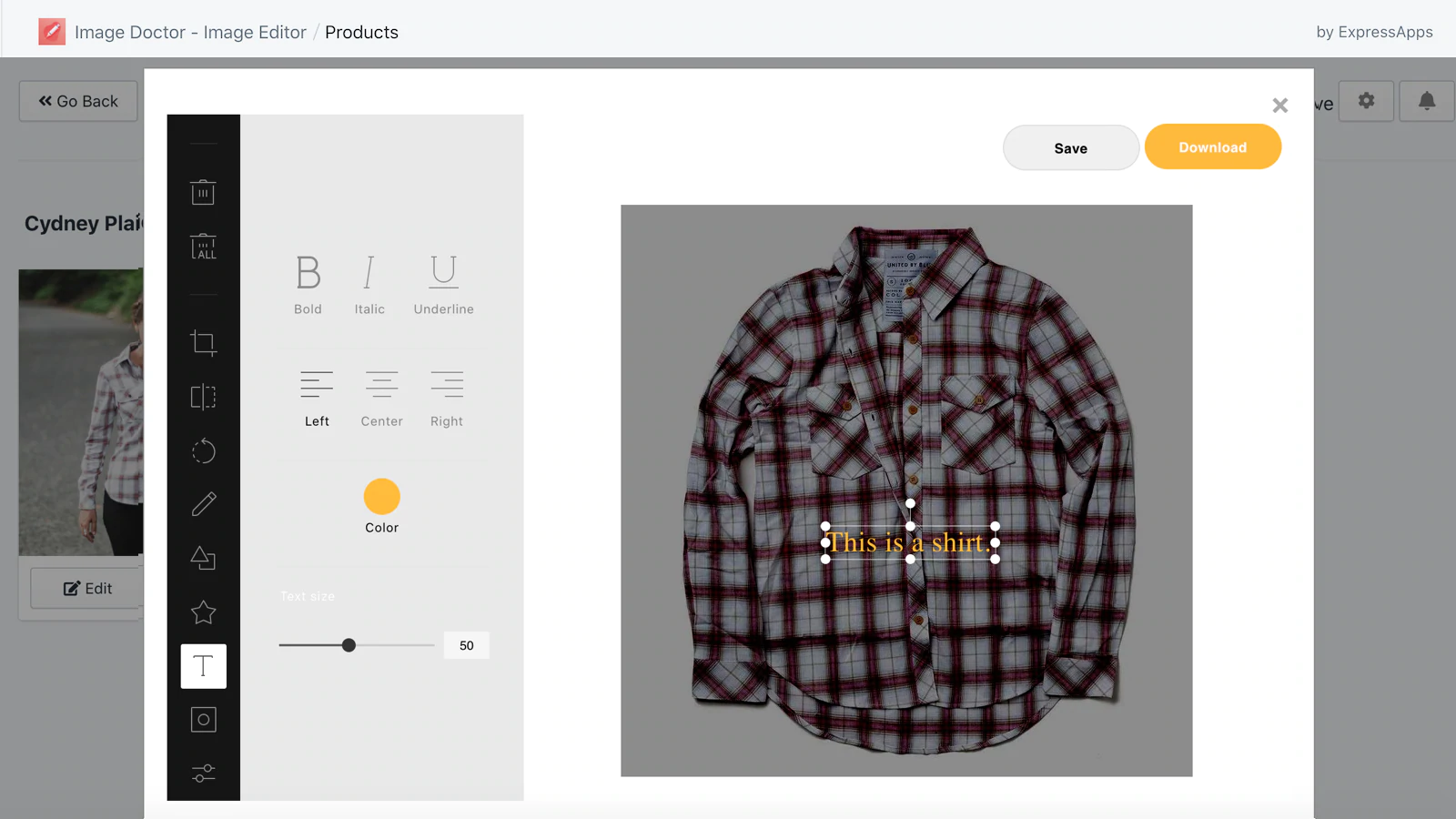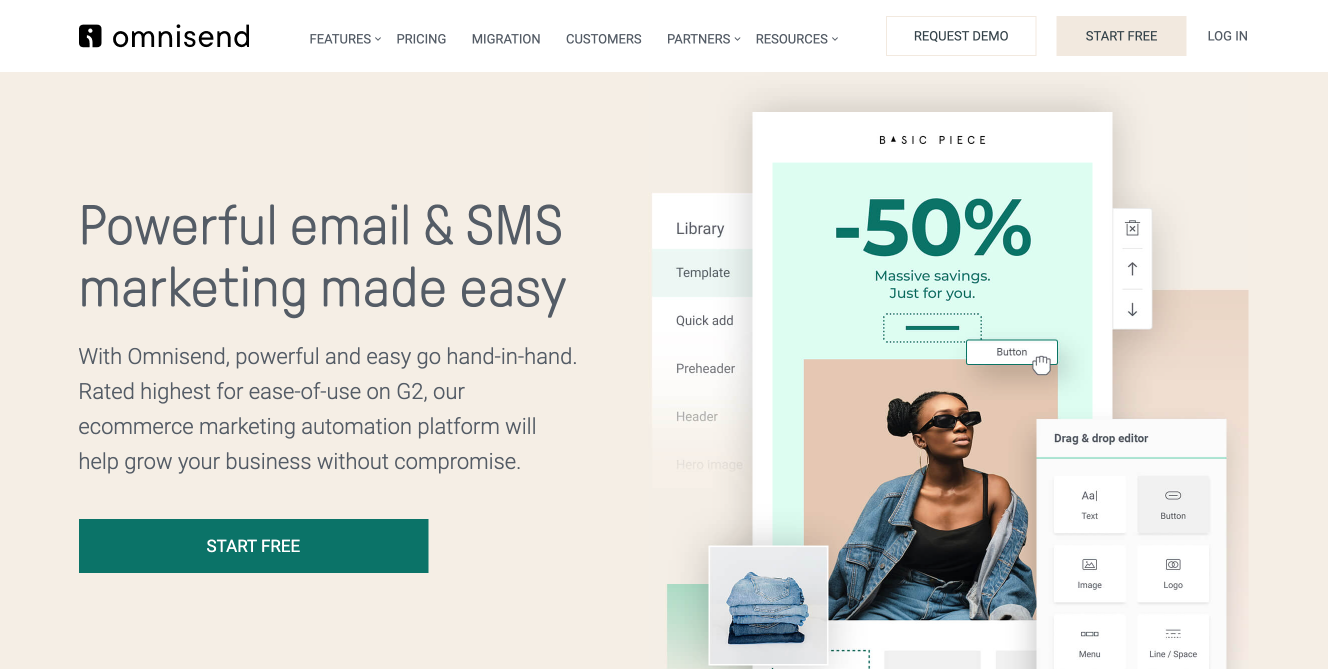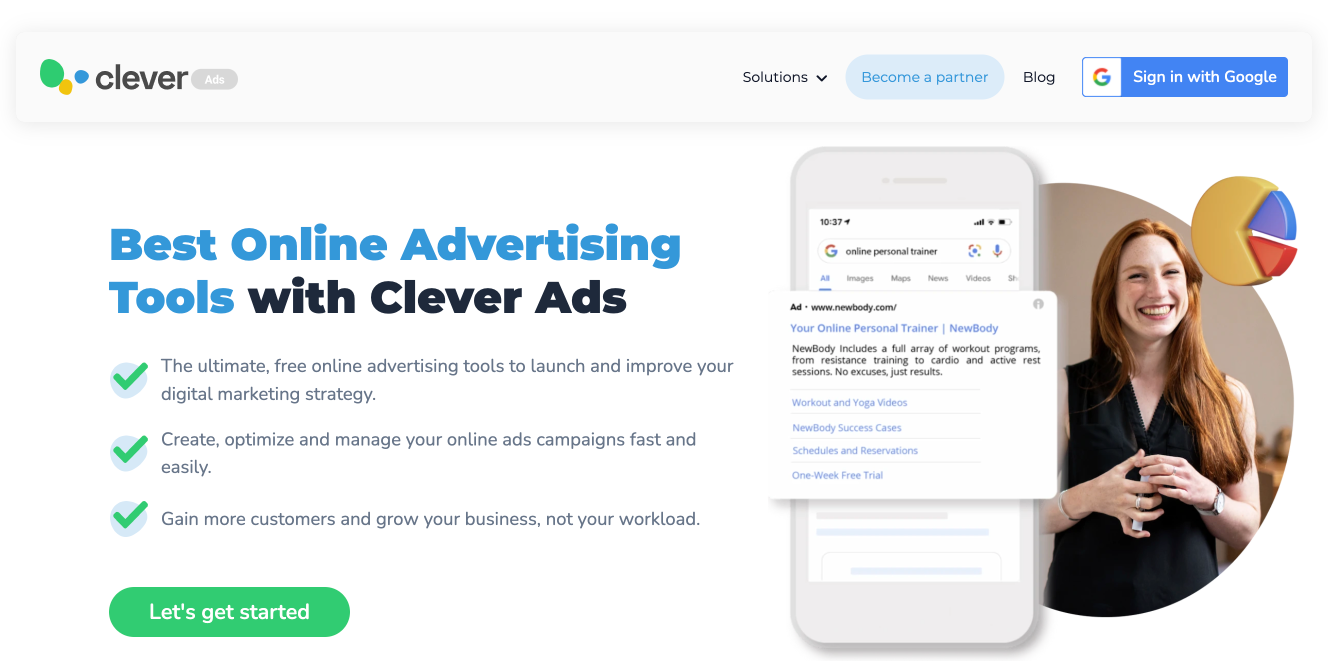Creating a website in Shopify is just the first step on a path of challenges that leads to a successful e-commerce business. The challenge lies in getting your store off the ground and running – developing an outstanding product line, driving traffic to your brand, engagement, finding the right apps to support work, and most importantly driving sales to your brand.
The biggest fallout of any small business or new entrepreneurs in the market is that they don’t have or developed any strategies for their brand. Many large companies, high-end brands, or online marketplaces are running successful businesses in their competitive world because of their dedication to customer experience, the apps they use, and their responsive, quality web design. But most importantly, they all do is focus on winning strategies and work towards it.
Many business sectors are expanding and growing with so much competition, same for the e-commerce market. It is only getting more stuffed with competition, so new stores have to utilize the best strategies to stand out and grow. In this article, we are touching upon how you can get sales on Shopify with these 5 tweaks. But first, let’s talk about why you in the first place despite traffic or not don’t get sales on the Shopify store.
Reasons why you don’t get sales on your Shopify store
If we talk about sales and traffic on an online business then most of the time they are not directly proportional. It means you could be getting traffic but it might not get converted into sales. There are different factors behind ‘traffic but no sales. If you want to know how to get sales then first you must know why in the first place you are not getting the sales. Let’s look into a few reasons that show where you might be lacking to not get Shopify sales.
- Generic Product Descriptions: In an online store, customers based on product images and descriptions decide whether to purchase it or not. If your products’ descriptions are not fully described then customers won’t buy them. You must highlight the features, describe them that evoke customers’ emotions, and use sensory words that convey how products feel, look, sound, or smell.
- Low-quality product images: Your images, just like product descriptions are the biggest factor in customers purchasing decisions. Blurry, pixelated images never make a good impression, it is necessary to use high-quality, original pictures. To highlight your product in a good light.
- Complex Navigation & Poor Design: One of the reasons why your traffic is not converted into sales is because of poor, complex navigation. With confusing navigation and poor design layout, your customers will leave your website and won’t come back. So, your design must be clear, and navigation should be easy for your shoppers to find whatever they want to search or looking for.
- Not Trustworthy: Another reason why your sales are not forthcoming is that a percentage of customers don’t trust your brand. With everything being online, users have become smart about avoiding scams because there are a lot. Therefore, you must create trust by providing your customers with social proof, as well as reassuring people of the security by providing them validation in form of security badges or any other way.
- Not Mobile Responsive: Apparently, the ratio of mobile users has increased and will continue to do so. Hence, the number of people using mobile devices to shop online has increased. If your website is not mobile-friendly then you are going to lose a lot of potential customers than gain.
How to Get Sales on Shopify?
Building a powerful marketing strategy to increase sales on Shopify is important, whether you are an existing brand or a new one. Here are 5 tweaks that you must do to get sales on Shopify.
1. Build organic traffic with SEO
Having an e-commerce website has its set of own challenges, SEO is one of them. Especially when your problem is ‘no sales’, optimizing your website is the key to it. Search Engine Optimization helps your store gets more visibility on search engines. SEO is a very important marketing tool for online businesses, it helps your store rank higher organically on search engines. This way, your store gets more organic, loyal traffic, which is likely to generate sales on Shopify. Shopify has great built-in settings to optimize your website, giving you adaptable meta fields, 301 redirects, and canonical URLs.
However, there are powerful Shopify SEO apps that can pick up the slack, call out issues as they arise, and make suggestions for updates. They are SEO experts, one of the best and easiest ways to optimize your website frequently and keep yourself up to date.
SEO Doctor App is one such powerful and popular Shopify app. It can help you make your store visible on Google or other search engines. SEO Doctor-Image Optimizer is one of the best and top Shopify SEO Apps. You can use this SEO app to:
- Find and fix all SEO issues to increase the store’s ranking on Google.
- Increase the website’s loading page. It comes with Google page speed integration.
- It works on autopilot. Automatically fixes meta tags, broken links, image alt text, and does image optimization.
- It helps you target relevant keywords for your products or collections.
SEO Doctor app is easy to use and as it is autopilot along with manual mode, you don’t require technical knowledge. The provider offers 24/7 support, so you are never alone in your difficulties. SEO optimization will not magically rank you on the top of a search engine overnight. It is these small updates and tweaks that you do in SEO that will lead to traffic, and drive sales home.
2. Generate Product Feed on Shopping platforms.
A great e-commerce website marketing strategy wouldn’t be complete without a strong social presence. Online marketplaces and social platforms are favorable environments for e-commerce businesses. Besides, social media has proven to be evolved as a powerful marketing tool. It plays a major role in connecting marketers with current and potential consumers. To take advantage of the same, product feed is what e-tail websites need to make profits and increase sales on Shopify.
Product feeds are considered a bridge between e-commerce stores and marketplaces. In shopping channels like Amazon, Facebook, Instagram, Google Shopping Feed, etc, manually updating a massive range of products’ details consistently becomes difficult. Instead, you can equip product feed, as it supports your website to communicate accurate and comprehensive information to shopping channels. Hence, this results in more traffic from various channels and get sales on the Shopify store.
With FeedGeni – Product Feed Generator you can create, manage, and optimize product feed and connect it to shopping engines. It is an advanced Shopify app that generates, runs, and optimizes product feeds on 30+ shopping channels. It let Shopify merchants generate and manage multiple feeds from one dashboard. This Shopify app is fully automated, therefore automatically updates the feed when new products are added. You just have to update it once during the initial stage and rest you let FeedGeni handle it. Further, it saves you a lot of time and workload with its bulk products’ edits. It is a very useful app that also shows insightful traffic analysis and can help you improve your marketing campaign performances. If you want to generate a product feed and connect it to other platforms, then you must check out FeedGeni. Also, lookout for many other interesting features in the app.
3. Optimize Product Pages
A good product page is one that’s optimized to rank on search engines as well as user experience. Your products are the main asset of your Shopify store. If it’s not optimized and highlighted in the best way possible, then despite tons of marketing efforts you’ll not get the sales on Shopify. A product page includes your products’ images, descriptions, design & UX.
In lieu of being able to attract customers to purchase a product, you must engage them with your product images. Without a good, high-quality, and beautified image customers will not look at it the second time let alone think of buying it. You must remember that customers’ decisions are thoroughly based on what you show them, as they cannot get physical experience online. So, you must use catchy images that are edited and compressed (without losing the quality) properly. There are various Image Optimization apps in Shopify, Image Doctor- Smart Photo Resize & Cropper is one such tool used for image beautification. It is a simple and user-friendly image compression app and image editor for Shopify products. You can do any basic necessary image editing like add text, mask filter, background removal, image filters, cropping and resizing, etc.
Besides image optimization, optimizing product descriptions are also necessary. You must avoid writing generic product descriptions because people read tons of such while browsing products. Give them something creative, engaging, and specific that highlight products features, use sensory words, or write mini-stories. Your chances of Shopify sales will increase tenfold!
4. Develop and Utilize Email Marketing Campaign
One of the best marketing strategies that are used by almost every successful e-commerce business is email marketing. It is the most cost-effective way to advertise your Shopify store, get traffic, and probably drive sales. Through newsletters and opt-in forms, you can get email addresses and build your email list. Email campaigns can be the major driving force that gets you leads and increase sales for Shopify. One other thing you need is a useful email marketing software or app. Omnisend is one such popular and top-rated Shopify email marketing and SMS app.
Omnisend is an all-in-one e-commerce marketing with full Shopify integration, pre-built email templates, and automation workflows. You can convert visitors into shoppers with pre-built omnichannel automation designed for e-commerce, including abandoned cart recovery emails, post-sales & order follow-up emails, welcome emails, customer feedback & product reviews emails, and more. Further, with this app, you can create and send beautiful newsletters, and grow your email and SMS subscriber list with fully customizable popups, landing pages, wheel of fortune, etc.
To utilize the email list effectively, you must before, strategize based on segmentation and drip email. In segmentation, you divide subscribers based on audiences and email workflows. Like first-time users, regular customers, cart abandonment users, etc. The email workflow category includes promotional emails, transactional, and lifecycle marketing emails (welcome series, re-engagement). Segmentation allows targeting subscribers with different needs to increase the possibility of conversion. Further, you can develop drip email campaigns including welcome emails, post-purchase, product launches, company updates, etc. Be strategic about creating and sending your subscribers’ emails, don’t spam them, or else they will unsubscribe you.
5. Run Paid Ads
The last step to have that all-important store traffic that is likely to be converted into sales is to create paid-ad campaigns. You can scale the right amount of traffic, and thus make sales as long as you’re capable of targeting the right audience.
You can do your best to take the top organic spots on Google, however, paid ads always remain at the top. Luckily, you can be there as well with Google Ads. Make sure to do your due diligence and research keywords that are used by customers to find products like yours, before diving into the Google Ad campaign. You should target people who actually want to buy and not those who have other purposes in mind. For example, people searching ‘how to make an espresso at home’ don’t show with ads. Such kind of search terms doesn’t entail purchase intent. Hence, if there is no purchase intent, setting off your ads would be a waste of money.
Many Shopify tools help you to implement a Google ads campaign. The Clever Shopify app is just one of them! It does all the complex work processes like analyzing work, categorizing products, interpreting your keywords, fix advertising spots so that you can have a powerful campaign. Besides, once you’ve created and launched Google Ads, Clever starts automatically optimizing your campaigns and maximizing your budget. It adjusts bids using algorithms to ensure you get the best results. So, if you will be planning to create Google Ads then you can check out the Clever app.
For some brands, social media ads like Facebook and Instagram Ads can provide more success. Instead of, targetting keywords, you target a particular audience based on interest, pages they liked, demographic, etc. There are many ways to attract the attention of an audience with ads, for instance, offering discounts, stating out main benefits, and perks, using carousel ads to advertise several products at once, etc.
Final Words
To get sales on Shopify one must know where they need to make the adjustments and not just go with guesswork. It’s all about intensive research work and analysis of your data and based on that you have to try various strategies. If you want to build a 7-8 figure Shopify business, leveraging just one of the tweaks here won’t do. You must use as many tips as you can (but not overdo it).
Here, we talked about five ways to get Shopify sales. However, there are many other tips that can be used to generate sales on Shopify. For instance, to bring in the organic traffic and engagement you can do it by optimizing SEO, using email, SMS marketing, and push notifications strategy.
Don’t just rely on one strategy for leads and convert them into customers, but make different adjustments to get maximum effect.

